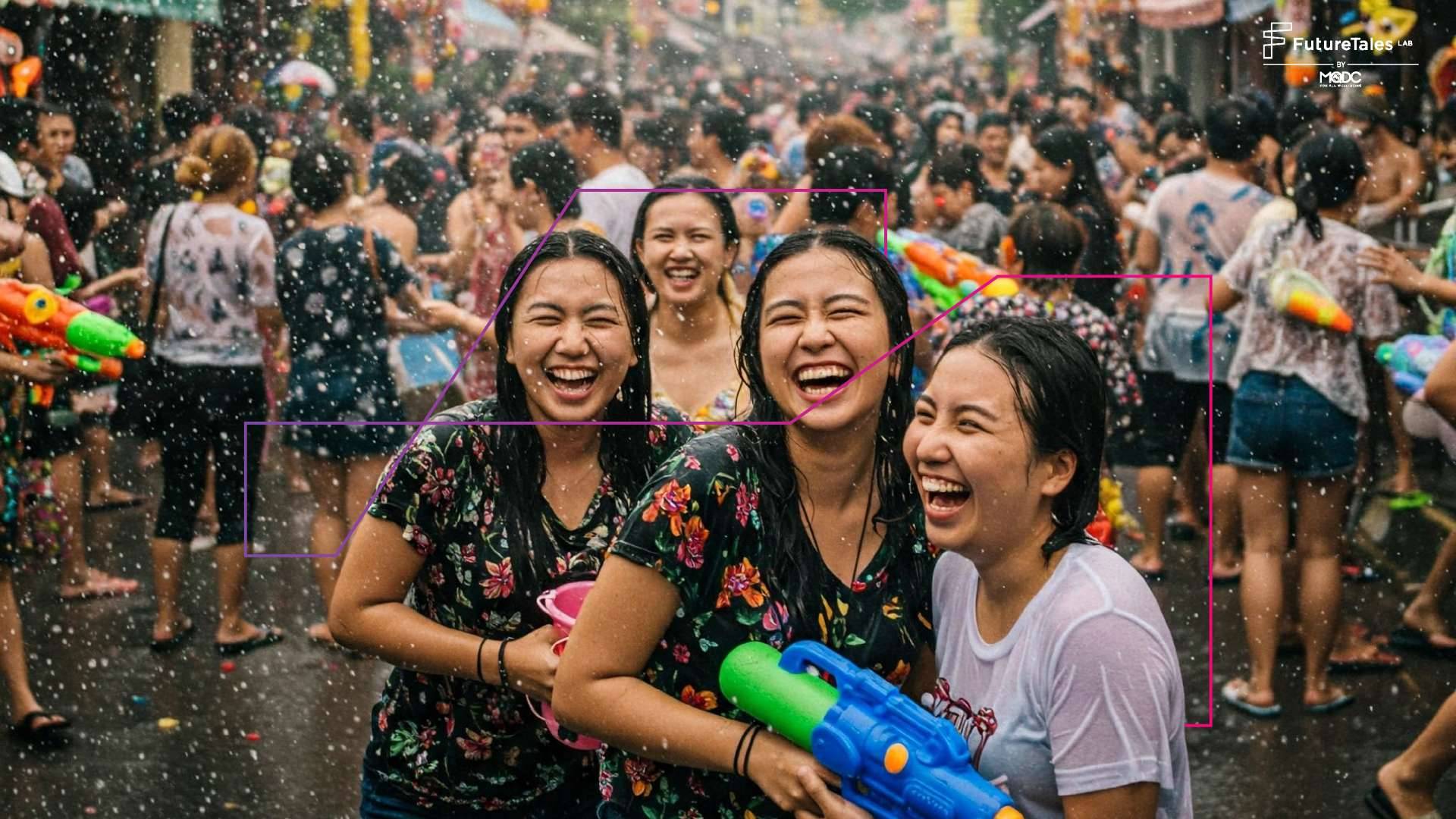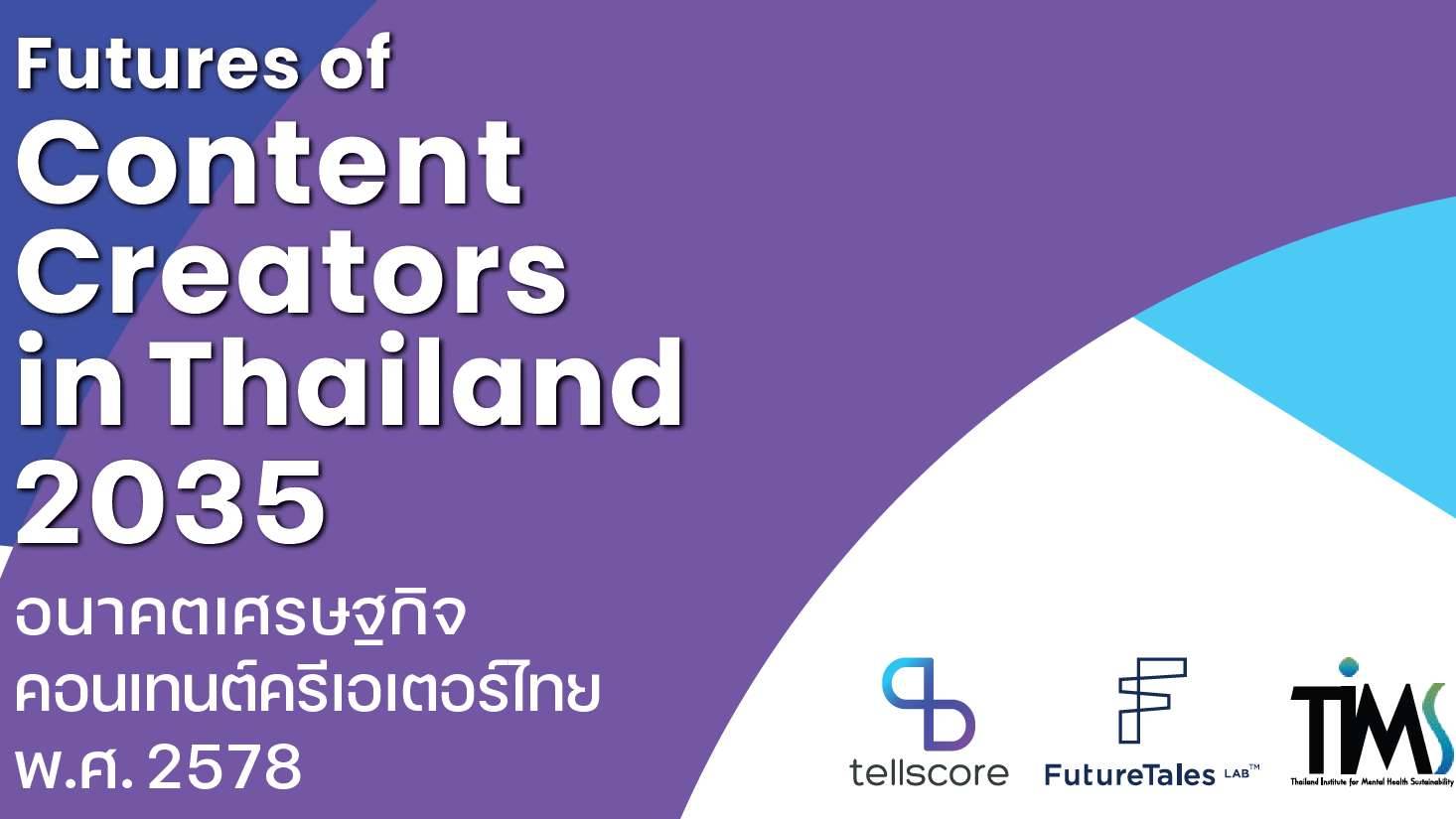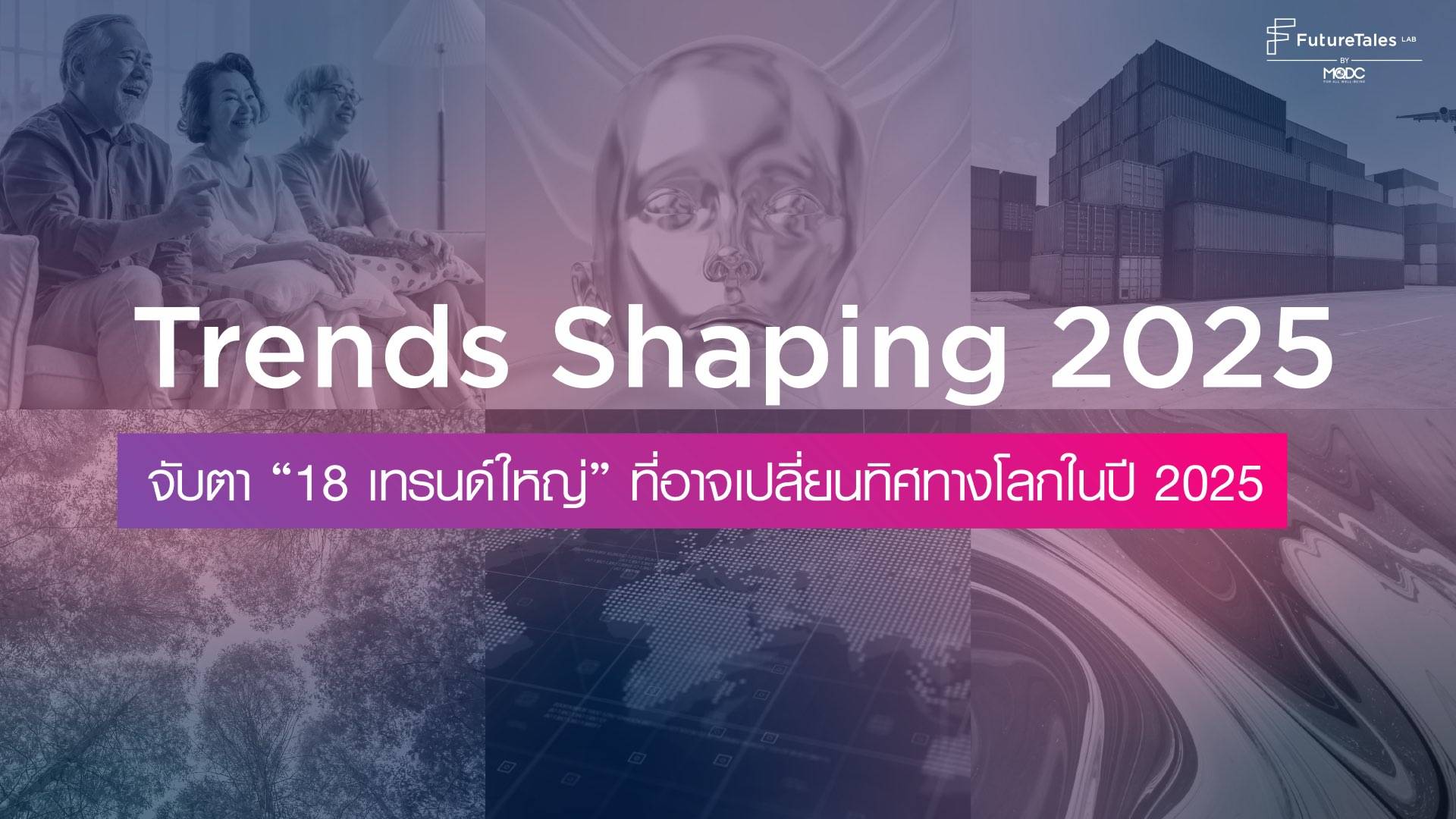
Can Songkran Survive? A futurist’s perspective on Thai culture in the 22nd century
ARTICLES | Apr 10, 2025
In a rapidly changing world, traditions are also under threat. A 2021 UNESCO report warned that over 50% of the world’s 7,000+ local languages could disappear by 2100 unless proactive measures are taken to protect and transmit cultural heritage. The loss of language is more than just the vanishing of words; it signals a broader erosion of cultural foundations—especially traditions rooted in the shared understanding of communities such as Thailand’s Songkran festival.
Although Songkran was recently inscribed on UNESCO’s Intangible Cultural Heritage (ICH) List in 2023—a major milestone in international recognition—the critical question remains:
Can this festival endure in the long run amidst the mounting pressures of future trends?
Forces of Change
• Climate Change Disrupting the “Ecology of Tradition”
Agricultural water shortages have increased by 30% since 2020, leading several provinces to limit Songkran water-splashing activities in 2025. This reflects how even slight natural resource constraints can shake the very foundations of rituals once deeply intertwined with local ways of life.
• Cultural Commodification
As the festival becomes increasingly commercialized for entertainment and tourism, the original spirit of the rituals is fading. In urban areas like Bangkok, more than 67% of Songkran activities are now organized by private companies, emphasizing concerts and entertainment over ceremonies rooted in family, community, and religious traditions.
• Intergenerational Disconnect
Younger generations are shifting in values—many prioritize privacy, travel less, and lack understanding of the festival’s historical roots. This widening gap has weakened the connection between today’s youth and a once-vibrant cultural legacy.
Implications for the Future
If Songkran continues to evolve into merely a water festival aimed at attracting tourists—stripped of its cultural depth—Thailand’s local identity could gradually fade away.
Communities that once played vital roles in preserving the festival’s traditions may lose their connection to the younger generation, leading to greater cultural fragility. Even more concerning, the rich cultural diversity across Thailand’s regions—North, Northeast, Central, and South—could be reduced to a single commercialized image.
Strategies for Preservation and Adaptation
• Promoting the Concept of “Living Heritage”
Encourage the redesign of Songkran in contemporary formats that still retain the essence of its rituals, allowing the festival to remain meaningful and relevant to modern life.
• Co-Creating Future Visions with Communities
Provide space for local voices to participate in shaping the future of Songkran, ensuring the festival continues to belong to and reflect its communities.
• Developing Digital Platforms for Cultural Transmission
Leverage technology to pass on knowledge, history, and values of the tradition in a language and medium that resonates with younger generations.
Conclusion: Songkran’s Survival Is in Our Hands
The fate of Songkran is not simply a matter of time. It hinges on “cultural design”—balancing 4 key forces: climate change, evolving values, economic pressures, and intergenerational engagement.
Songkran can survive, but only if we stop seeing it as an artifact to preserve unchanged—and start embracing it as a living tradition, capable of evolving and thriving while staying rooted in its cultural essence.










